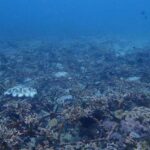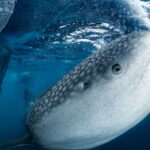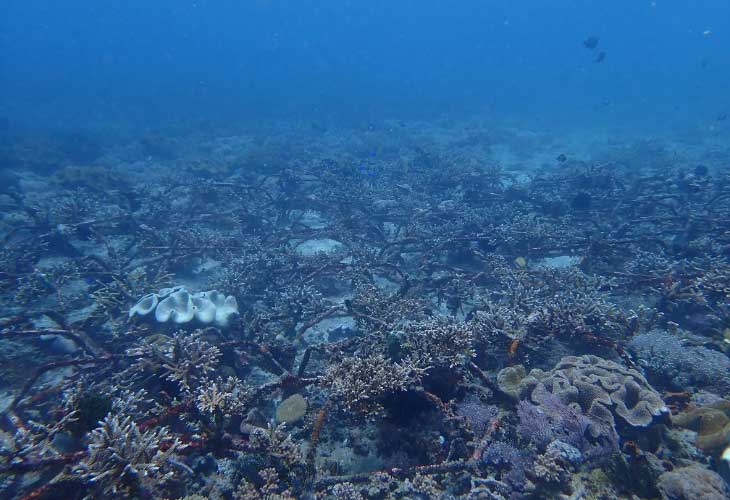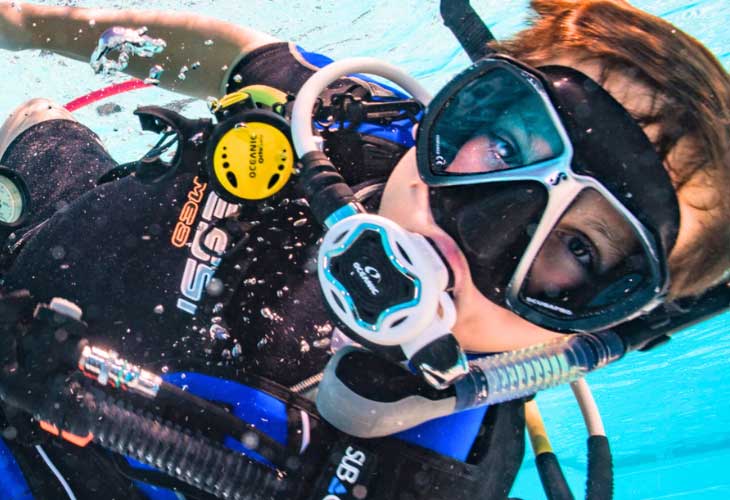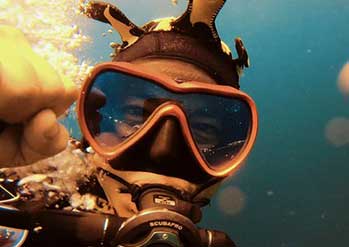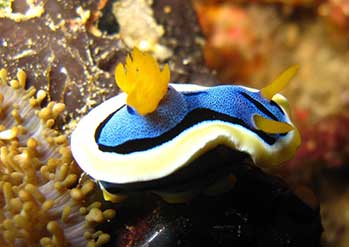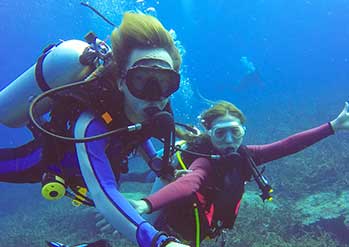Improve Air Consumption
Improving your air consumption is one of the most valuable skills any diver can develop. Not only does it allow for longer bottom times, but it also increases your safety, reduces stress, and helps you become a more relaxed, efficient diver.
While some aspects of air consumption are influenced by physiology, much of it comes down to technique, awareness, and regular practice.
Let’s dive into practical ways you can stretch your tank and enjoy your underwater adventures more fully.
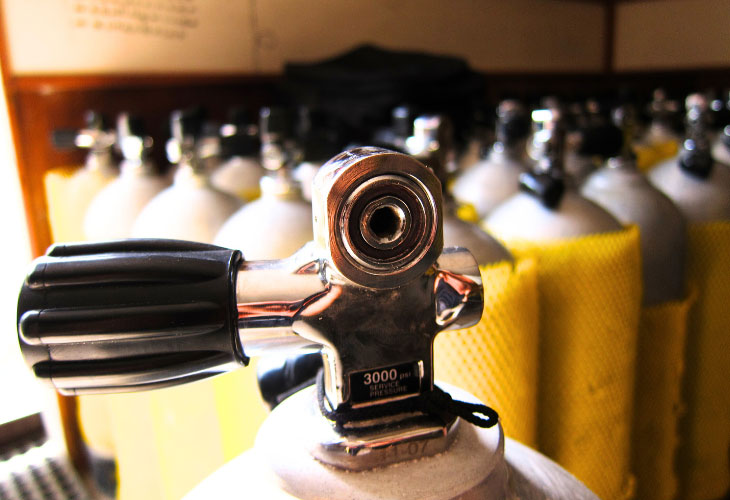
Master Your Buoyancy
Struggling to maintain buoyancy wastes both air and energy. If you are constantly inflating and deflating your BCD or finning to stay in position, you’re using more oxygen than necessary. Take time to perfect your neutral buoyancy. Practice hovering with slow, minimal movements. This skill reduces drag, conserves energy, and helps your breathing rate naturally slow down.
Consider taking the PADI Peak Performance Buoyancy Speciality for structured training and feedback.
Slow Down Your Movements
Calm, slow movements are the key to conserving air. Avoid rapid finning or sudden arm motions. Streamlined, deliberate movements reduce effort and help you remain calm—keeping your breathing slower and more controlled.
Think like a sea turtle: graceful, smooth, and relaxed.
Focus on Breathing Technique
Breathing efficiently underwater is very different from breathing on land. Use the following tips:
– Take deep, slow breaths from your diaphragm, not your chest. Pause briefly after inhaling and exhaling—this creates a natural rhythm.
– Avoid shallow or rapid breathing, which can increase carbon dioxide build-up and trigger anxiety. With time, this controlled breathing becomes second nature.

Streamline Your Gear
Bulky or dangling equipment increases drag and resistance. This forces you to work harder and breathe more. Make sure hoses, slates, and accessories are clipped close to your body. The more streamlined your setup, the less effort you will need to move—translating into better air efficiency.
Stay Warm and Comfortable
Being cold underwater causes your body to burn more energy to maintain its core temperature, increasing your air consumption. Wear an appropriate exposure suit and keep your gear well-fitted. Even mild discomfort, like a leaky mask or too-tight straps, can cause unnecessary stress and lead to faster breathing.
Dive More
As with any skill, practice improves performance. The more you dive, the more your body adapts to the environment, and the better your air consumption will get. Regular diving builds muscle memory, breathing control, and confidence—all of which contribute to more efficient air use.

Improving your air consumption is not about holding your breath or pushing limits—it’s about being calm, aware, and efficient in every moment of your dive. Small improvements add up over time, and with practice, you’ll find yourself staying down longer and enjoying every dive more fully. If you want to track your progress, log your SAC (Surface Air Consumption) rate after each dive and notice the improvements. And remember: the most important breath is the one you take slowly and mindfully.
PADI Peak Performance Buoyancy Specialty Course
Click below for more PADI Dive Courses Information:
By Hafid, AMD-B’s 2025 Divemaster Intern




